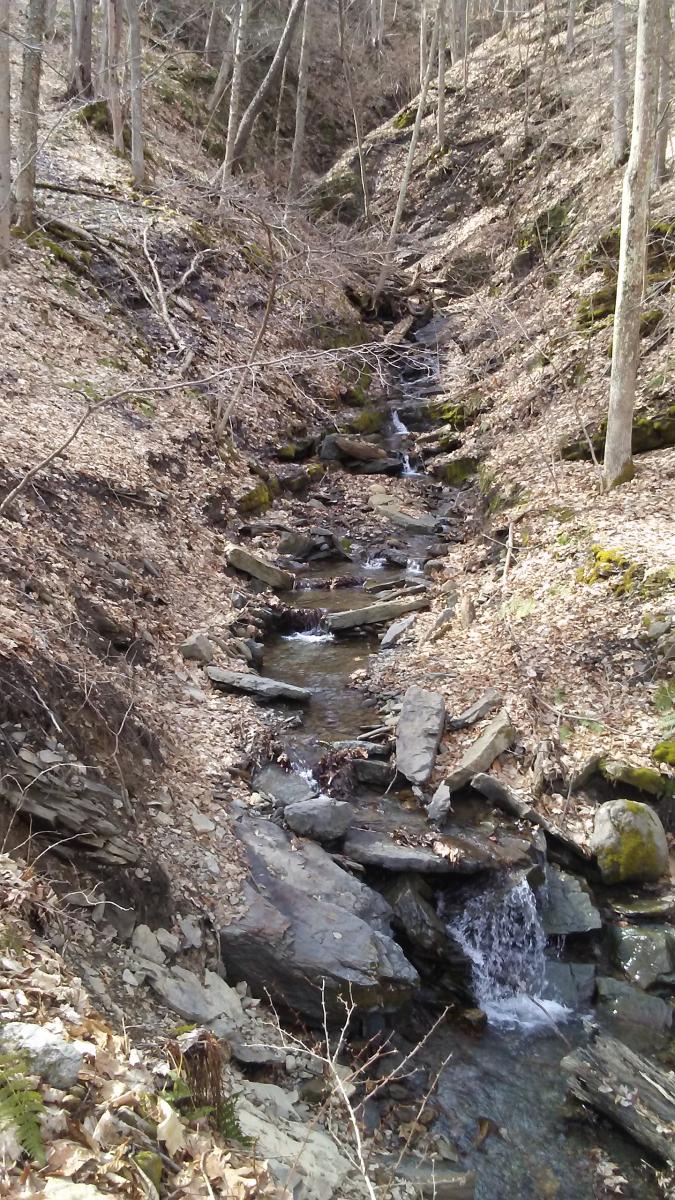Tompkins County Unique Natural Areas (UNAs)
Tompkins County is a very special place to the over 100,000 people who live here, as well as countless others who spend time in the Finger Lakes region.
The County provides a diverse and attractive place for residents to live and work, and is blessed with some of the area’s most spectacular scenery. From the shores of Cayuga Lake to the gorges, waterfalls, fields, and forests of the area, the natural beauty of Ithaca and the surrounding towns continues to draw people.
As growth and development continue, more of the open space in the county is likely to be changed.Economic development is compatible with environmental awareness if it proceeds with complete information about the biological and physical features of a site and an understanding of potential environmental impacts. The Unique Natural Areas (UNA) inventory identifies areas in the County that contain special natural or cultural features. It is an information tool intended to help landowners, municipal governments, and town planning boards make the wisest choices possible in balancing development with protection of the rural character and natural beauty of Tompkins County.
What a UNA is...
A Unique Natural Area is a part of the landscape that has outstanding geological and environmental qualities, such as special natural communities, or plants and animals that are rare or scarce elsewhere in the county or region.

The UNA inventory was started in 1973. It was greatly expanded and updated in 1990, revised again in 2000, and again during the period 2010-2016. There are 195 UNAs currently within Tompkins County. These sites were included in the inventory based on the work of ecologists, botanists, animal scientists, geologists, and wetland specialists. Many of the sites were surveyed on foot. Other parcels were evaluated from the road, adjacent parcels, or by using topographic maps and aerial photography.
Characteristics of a UNA fall into at least one of these categories:
• Important natural communities (state-designated wetlands, old forests, diverse plant and animal populations)
• Quality of example (best representatives of natural communities or resources in the county)
• Rare or scarce plants or animals (identified at the global, state, or local level)
• Geological importance (unique formation or paleontological site)
• Cultural significance (outstanding scenic beauty, recreational values, historic or archeological significance).
What a UNA is not...
A UNA is not a regulatory designation, and it does not provide legal protection for an area. Instead, it provides an alert to municipal planning and decision-making processes that resources exist that may require modification of proposed activities.
What's in the UNA report?
• Location of each UNA (municipality, latitude and longitude, USGS topographic quad and tax parcels)
• Map of the UNA
• Site and vegetation descriptions (general characteristics)
• Reasons for selection (Why is this a UNA?)
• Special land-use information (land-use or legal designations, water resources information)
• Conservation information (adjacent land use, sensitivity of site to visitors, evidence of disturbance, management)
• Physical characteristics of each site (slope, elevation, soil types, geological features)
• Biological characteristics (ecological communities, plant and animal species present)
How will people use the UNA Inventory?
The UNA Inventory has three main purposes:
• To identify and describe areas in the county with outstanding environmental qualities
• To promote the conservation and/or preservation of UNAs for the benefit of future generations
• To help people make informed choices about development in or near these areas
The site plan decisions of municipal boards are guided by many issues, including soils, drainage, Department of Environmental Conservation wetland designation, slope of a site, access to roads and other structures, proximity to flood plains, etc. The UNA inventory provides information on each of these issues to aide responsible decision-making. The report is also tailored to help people prepare State Environmental Quality Review (SEQR) forms.
How will landowners use the UNA Inventory?
Sometimes landowners find out too late that a portion of their property may have been disturbed, or that some interesting plant or animal was once found there, but is no longer.The information in the UNA document should help each landowner to become better acquainted with his or her own property.
UNA designations do not change the nature of private property. Public access to privately held land is entirely up to the individual landowner, and landowners have every right to post their property and enforce no-trespassing laws.
On the other hand, some landowners may wish to share access to their UNA for the sake of public education. Always ask for landowner permission before visiting a UNA.
UPDATED UNA INVENTORY
Landowners who have received postcards regarding boundary changes of UNAs near their property can log in to the Interactive UNA website to examine more information about the area and its boundaries.
To view the complete, updated UNA document, visit the Tompkins County Public Library, your community library, or your local government office. You may wish to call these offices in advance to set up an appointment.
UNA Inventory Amendment Process
Despite the impressive work that has gone into the Inventory, environmental and landscape conditions are dynamic, sometimes necessitating updates and modifications to this Updated UNA Inventory resource. As such, the Environmental Management Council has adopted an amendment process in which any person or organization can request a change be considered. That process is available below.
Unique Natural Areas Amendment Process (2011)
Historic UNA Information
Unique Natural Areas Map (pdf) (2017)
Unique Natural Areas of Tompkins County Brochure (pdf) (revised as of 2017)
Unique Natural Areas Inventory Slide Presentation (pdf )(2000)
Landowners, local governments and agencies with questions or interest in additional information can contact the Planning Department at 607-274-5560.
OTHER EMC EDUCATIONAL MATERIALS
Wind Power
Draft Wind Power FAQ / Resolution Supporting Deployment of Wind Turbine Technologies in Tompkins County
Open Burning
Open Burning of Household Waste - Frequently Asked Questions (pdf)(doc)(2005): A two-page flyer explaining the EMC's campaign to prevent open burning of household waste in Tompkins County.
Climate Protection
Community 10-year Greenhouse Gas Emissions Report(based on 2008 data)
County Government 10-year Greenhouse Gas Emissions Report(based on 2008 data)
Tompkins County Emissions Inventory (pdf)(2001): An inventory of greenhouse gas emission for the Tompkins County Community and County Government.
Invasive Species
Invasive Species List (pdf)(2009): a comprehensive list of the non-native plant species found in our region that are considered invasive.
And a 2008 list of the worst invasive plantsin Tompkins County.
For additional information, see also:
New York Invasive Species Clearinghouse. Cornell Cooperative Extension Invasive Species Program http://www.nyis.info
New York Invasive Species Research Institute. Cornell University http://nyisri.org
Offline Documents
The following documents are available in hard copy only at the Tompkins County Planning and Sustainability Department:
Land Protection Strategies for Environmentally Unique Sites (2001)
Framework for Long Range Environmental Planning in Tompkins County (1996): A framework to help the County and local municipalities plan for the long term protection and enhancement of their natural resources.
An Evaluation of Risks Associated with Underground Storage Tanks in Tompkins County (1991): A report evaluating the risks and regulations associated with underground storage tanks in Tompkins County.
The First Twenty Years: A History of the Tompkins County EMC 1971-1991 (1992): An overview of EMC accomplishments for the first twenty years.
EMC Library:To review documents in our library, please call (607) 274-5560, or email EMC. In addition to the documents listed above, the Library's subject index includes:
- Air quality
- Energy
- Education
- Environmental impact statements
- Hazardous Waste
- Planning (natural areas, open space, trails)
- Solid Waste
- Transportation
- Miscellaneous
